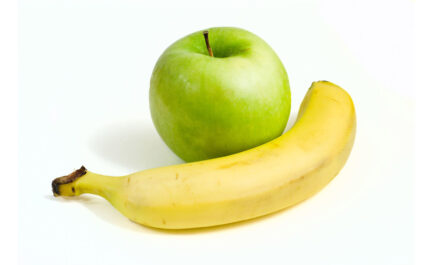Yeast is an essential ingredient in the brewing process. Without yeast, beer would simply be a sweet malted beverage with no alcohol content. Yeast is responsible for converting sugars into alcohol through a process called fermentation. However, not all yeast is created equal. Different strains can exhibit unique characteristics that can affect the final flavor, aroma, and appearance of the beer. Two important technical characteristics are yeast flocculation and attenuation.
Yeast Flocculation
Yeast flocculation refers to the tendency of yeast cells to clump together and settle out of suspension once fermentation is complete. Flocculation is a complex process that is influenced by a variety of factors, including yeast strain, temperature, pH, and alcohol content. Some yeasts are highly flocculent, meaning they settle out quickly, forming a thick layer at the bottom of the fermenter. Other yeasts are less flocculent, remaining in suspension and requiring additional time or fining agents to clear.
Flocculation can affect both the flavor and appearance of a beer. Highly flocculent yeasts tend to produce clearer beers (lager, pilsner, pale ale) with a cleaner, crisper taste, while less flocculent yeasts can produce cloudier beers (Belgian, hefeweizen) with a more complex flavor profile. Flocculation can also impact the efficiency of the brewing process, as highly flocculent yeasts may leave more beer behind in the fermenter, while less flocculent yeasts may require additional time or resources to clarify. The degree of yeast flocculation will vary depending on the strain of yeast used and the environmental conditions during fermentation.
Yeast Attenuation
Yeast attenuation, on the other hand, refers to the ability of yeast to consume sugars during fermentation. Yeast strains can exhibit different levels of attenuation, with some strains consuming more sugars than others. Attenuation is typically expressed as a percentage. For example, a yeast strain with an attenuation of 80% would consume 80% of the available sugars during fermentation. Attenuation is usually listed as a percentage range and is dependent on a variety of factors.
High attenuation yeast strains can convert more sugars into alcohol and CO2, resulting in a drier and less sweet beer with higher alcohol content. Low attenuation strains leave more unfermented sugars, creating a sweeter and lower alcohol beer.
Several factors affect yeast attenuation, including the yeast strain used, temperature, pitch rate, wort composition, and dissolved oxygen levels. The yeast strain plays a vital role in determining the attenuation rate as each strain has its own unique characteristics. Some strains have a high attenuation rate, while others have a lower rate.
Higher temperatures typically lead to a higher attenuation rate. However, too high of a temperature can lead to off-flavors and other undesirable characteristics in the beer. Pitch rate, or the amount of yeast added to the wort, can also affect attenuation. A higher pitch rate can lead to a higher attenuation rate, while a lower pitch rate can result in a lower attenuation rate.
Wort composition also plays a role in yeast attenuation. Wort that is high in unfermentable sugars, such as dextrins, will result in a lower attenuation rate, while wort that is low in unfermentable sugars will lead to a higher attenuation rate. Finally, dissolved oxygen can also affect yeast attenuation. Higher levels of dissolved oxygen can lead to higher attenuation.
You can understand the power of attenuation and flocculation by reading my 5 yeast experiments. Different yeasts in the same wort will produce different flavors, appearances, and alcohol percentages. It’s important to understand these factors when choosing the best yeast for the style of beer you’re brewing.




